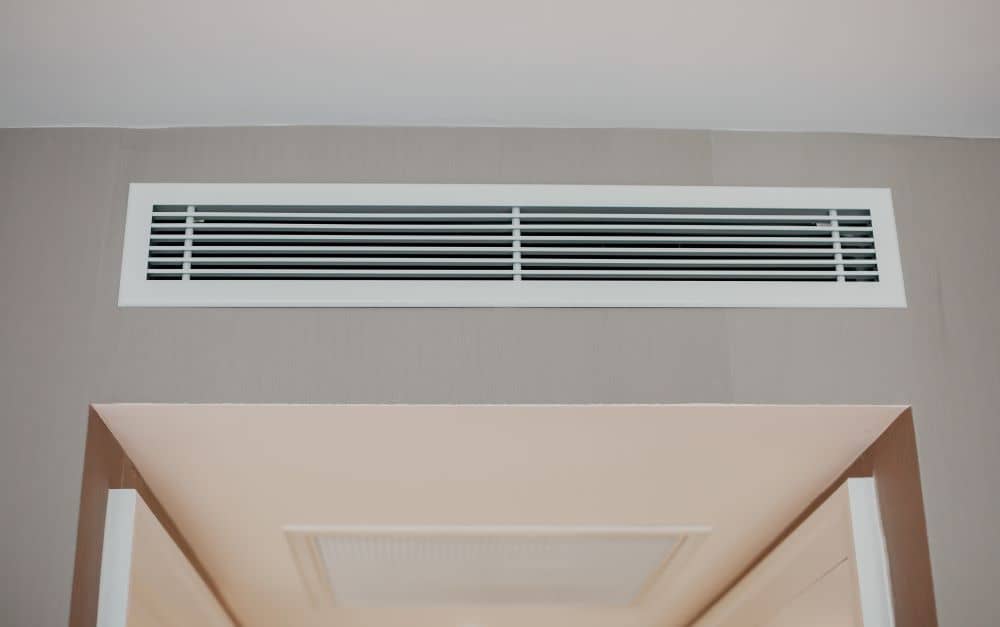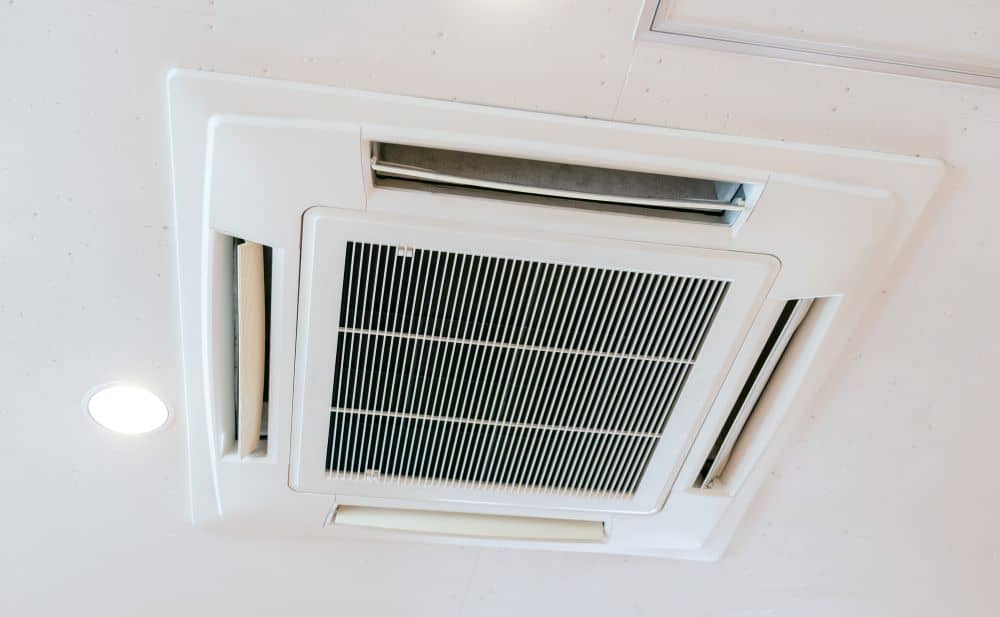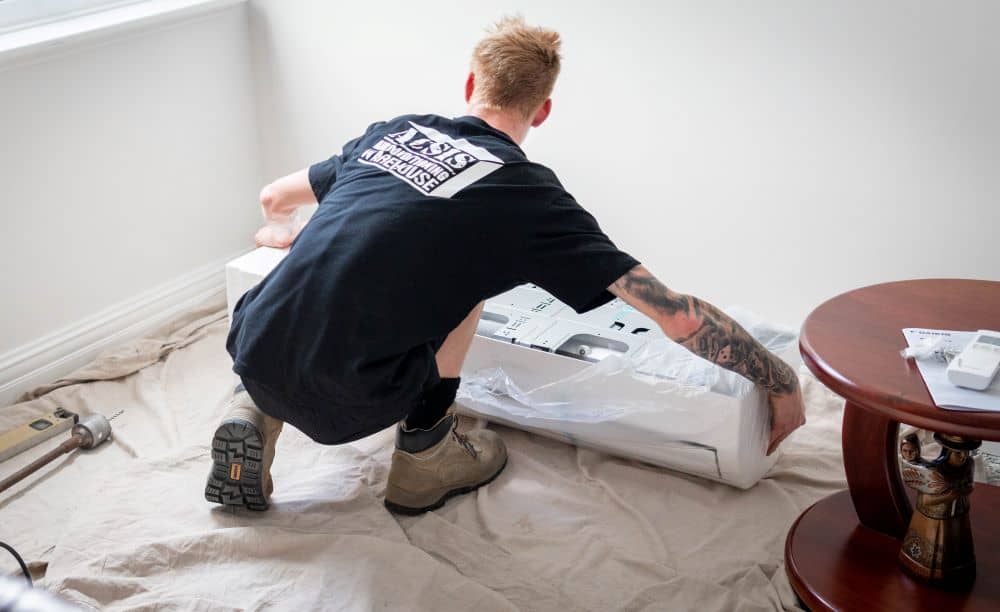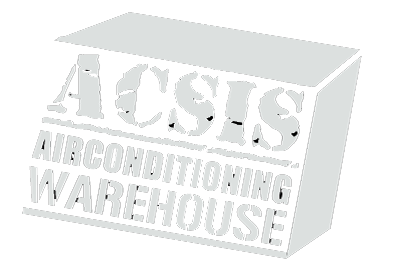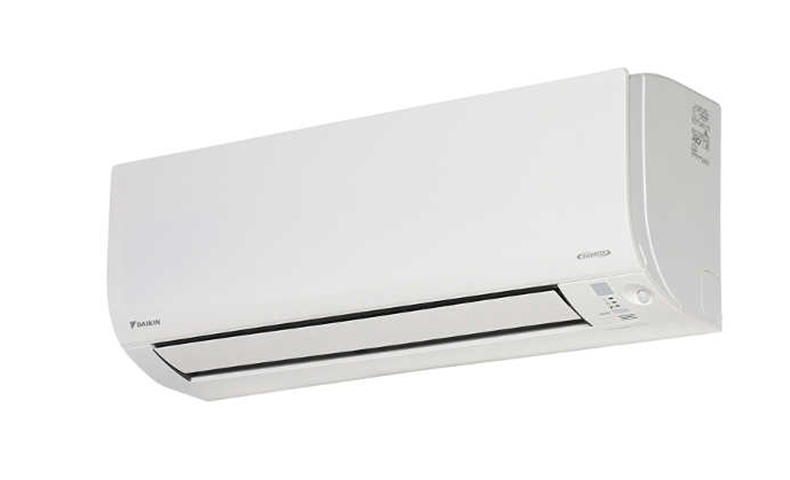There’s no escaping the scorching hot summers in Perth. This is why every home, even those living by the coast, needs air conditioning. Air conditioners are so prevalent that many forget how beneficial they are to our daily lives. They help reduce your home’s humidity and circulating air whilst filtering it, as well. That way, you and your family breathe air that’s clean and free from mould and pollutants.
What Are the Different Air Conditioning Systems Available?
Many aircon manufacturers offer a comprehensive line-up of their products. But before you purchase, make sure that you know which type of air conditioner best suits your house. Here are four aircon systems to choose from:
Split Air Conditioners
A split aircon is probably the most recognised type in this list. It is simply an appliance with both indoor and outdoor units, which are connected using copper tubing. The outdoor unit contains the condenser and compressor – two components that you will learn about later in this blog.
Meanwhile, the indoor unit has filter and distribution parts. The copper tubing mentioned above is a replacement for the ductwork normally found in ducted or central air systems. This flexible tubing makes installation easier, so there’s no need for extensive construction. However, split systems can work similar to ducted systems, thanks to their connections that allow control of several indoor fans using just one outdoor unit.
Compared to central cooling and heating, split aircon systems are less expensive and easier to install. That’s why they are the preferred alternative to window units.
Ducted Air Conditioners
For simplicity’s sake, ducted air conditioners are typically used for central air conditioning. Cool (or heated) air is transported via the ducts from one location to all the rooms in the house.
Ducted air conditioners provide convenience, especially if you seek uniform temperatures. You go from one room to another, and you can expect consistency. If your home remains constant no matter the time of day, a ducted aircon may be suitable for you.
Offices and other large, open environments benefit the most from ducted air conditioners. Suppose you’re running a public facility, retail store, or library. In that case, a ducted system can be a better choice than other types.
Multi Split Air Conditioners
A multi-split aircon is a split type, except you have more than one indoor unit, usually up to five. Just like your standard split system, a multi-split only has one outdoor unit. This outdoor unit is often called a compressor.
It’s wrong to assume that multi-split systems should be used in bigger houses. In reality, they work well in smaller properties, especially those that require two indoor units. If you need four or five indoor units, it may be best, especially in terms of cost-effectiveness and energy efficiency, to use a ducted system instead.
Ceiling Cassettes
A ceiling cassette is a type of air conditioner whose indoor unit is installed in the ceiling, hence the name. The rest of its parts are tucked behind the ceiling, making this appliance a great option for almost every room. That’s because it is small and does not take up a lot of space. It still has an outdoor unit, which is why it is often compared to split-type air conditioners.
Cool air is transferred from different sides of the unit, which can be as many as four. For this reason, ceiling cassettes are viewed as a powerful option, generally beating wall-mounted systems of similar capacities. This is why this type is preferred in commercial and office settings.
For a more in-depth look at ceiling cassettes, please read our blog about this appliance here.
Parts of an Air Conditioner
As you can see, you have a diverse range of solutions when it comes to your aircon choices. But to understand how they work, you should be familiar with the parts. Four parts are integral to how aircon systems run:
- Evaporator Coil: You’ll find the evaporated in the indoor unit of your aircon. It plays a starring role in ensuring your home is cool and comfy. The coil is lined with aluminium. It works almost like a car’s radiator, although the main difference is that it absorbs heat rather than repelling it.
- Condenser Coil: Similar to the evaporator coil, the condenser coil is a crucial part of the system. However, instead of absorbing heat, it releases heat produced by the refrigerant.
- Compressor: As the heart of your aircon system, the compressor is located in the outdoor unit along with the condenser coil. Its name tells you that it takes in the warm vapour from the refrigerant and compresses it to create a denser form. With this process, temperature and pressure increase, keeping the refrigerant hotter. The compressed refrigerant will then be pushed through the coil.
- Expansion Valve: Your aircon cannot function if the refrigerant is in liquid form, which makes it impossible to absorb latent heat and pass through the evaporator coil. Therefore, the air conditioning process is not complete without the expansion valve, whose job is to transform the refrigerant into a cold mist. Essentially, it converts the liquid refrigerant into vapour once it enters the expansion valve.
More parts make up an air conditioner, such as the refrigerant, filter, fan, and thermostat. All these components work together to keep your home cool or warm whenever necessary.
How AC Works to Cool Your Home in Summer vs Winter
An aircon is a pretty complex appliance that keeps spaces cool by transferring hot air from the house to the outside. It has a refrigerant whose job is to absorb heat. A fan blows the absorbed heat, delivering it to an outside coil that has the refrigerant via a pipe system. Heat is then transferred from the refrigerant until it escapes outdoors. It starts all over again when the refrigerant is pumped back inside the house. As a result, heat is removed, leaving cool air indoors.
When used for heating, the process mentioned above is in reverse order. The air conditioner fills the space with warm air by extracting heat from the outside environment, which will then be transferred into your house. A reversing valve is a component in many aircon systems that provide this heating functionality. It’s indeed a nifty invention that’s valuable, so you do not have to buy a separate unit for heating your home in the winter.
Common Problems and Why Maintenance is Important
One big problem with any type of aircon is when the compressor fails. All compressors heavily rely on a consistent refrigerant supply. They should be properly lubricated, as well. If the refrigerant leaks, it can quickly lead to compressor damage, which can be expensive to fix. That’s why the best solution is to have your system routinely checked by a professional.
Other issues you could encounter if neglected are:
- Blocked air filter
- Water leaking from the unit installed inside the house
- Noisy operation
- Unpleasant smells coming from the appliance
- No cold air
These problems cause significant inconvenience, especially during the summer. Make sure that you get them fixed right away by a qualified aircon specialist. Contact ACSIS Air to repair your air conditioner, and you can enjoy a cleaner, more comfortable home.


